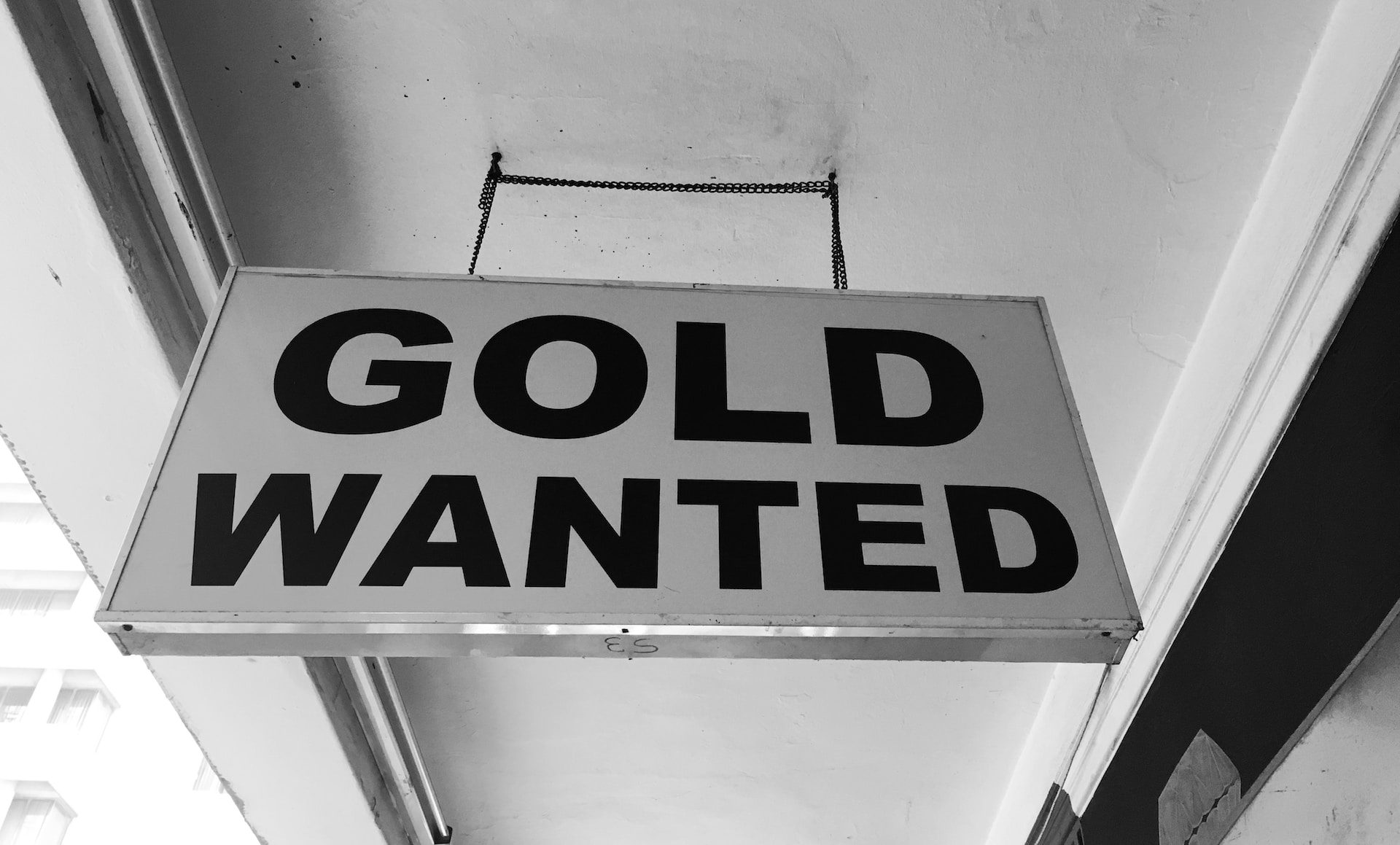Copyright © 2023 - Azat's Blog Azat's Blog
This is a very very short and fast quick notes on MIT 14.01 Classes.
Microeconomics
What is microeconomics ?
Microeconomics is the study how individuals and firms make decisions in a world of scarcity. Scarcity is what drives microeconomics.
Basically what microeconomics means is a series of constrained optimization exercises. So it is about trade offs, and constraints, and the notion of opportunity cost.
Opportunity Cost : Every action or every inaction has a cost and you could have been doing something else instead. And opportunity cost is a critical concept in economics, and that is why in some sense, we are referred to casually as the “dismal science”.
Microeconomics is just like another economics, they all do constrained optimizations.
Supply and Demand Model
This is a simplified model, but very powerful and useful.
In 1976, a British statistician named George Box wrote the famous line,
“All models are wrong, some are useful.”
George Box
Models generally, statistical, graphical and mathematical.
Supply demand model first ( or possibly other ) brought up by Adam Smith in his famous Book, the Wealth of Nations by Adam Smith .
Adam Smith is recognized as the father of all economics if we say the the Paul Samuelson is the father of modern economics.
Supply and Demand Diagrams

- Demand Curve measures willingness of consumers to buy the good
- Supply Curve measures willingness of producers to sell the good
- Intersection of supply and demand curve is market equilibrium.
- A point where both consumers and producers are happy to do the transactions.
Distinction between Positive vs Normative Analysis
Example : Some one auctioned his kidneys on eBay auction, the price started from $25K and very soon reached to 5 million, but eBay later shut it down cause they say we do not allow people to auction their body parts on eBay.
- Positive analysis is the study of the way things are,
- Is the fundamental economical analysis
- Demand is very high, supply is very low, no one were selling kidney on eBay.
- Low supply high demand resulted a very high price
- while normative analysis is the study of the way things should be.
- Normative question: should you allow people to auction their body parts on eBay ?
- Why eBay stopped this transaction ?
- 1 – Market failure Concern
- 2 – Equity ( fairness ) Concern
- 3 – Behavioral Economics Concern ( People not always dose rational and logical decisions )
Market Failures :
- Frauds
- Lack of Information ( good kidney or bad )
How freely should an economy function ?
We have what’s known as the “capitalistic economy”. In a capitalistic economy, firms and individuals decide what to produce and consume, maybe subject to some rules of the road set by the government. There is minimum rules of roads to try to avoid fraud or misinformation, but otherwise we let the dice roll.
Now this has led to tremendous growth, America was not a wealthy nation 100 or 150 years ago, but still the most powerful and wealthiest nation in the world, largely driven by the capitalistic nature of the economy. On the other hand, America is a nation with tremendous inequality, US is by far the most unequal major nation in the world, the top 1% of Americans has much higher share of our income than in any other large country in the world, any other developed country in the world, bottom 99% has less of our income corresponding with anywhere else.
So it’s led to major inequality, and it led to our problems. It turns out that the government can’t appropriately set the rules of the road to avoid things like fraud, as we saw with Enron, if you remember back to that, or a lot of what happened in the financial meltdown. It turned out it’s hard to get people perfect information , et cetera.
The other extreme is what’s called the “command economy” , rather than a capitalist economy, it’s called a command economy, in this case, the government makes all the production and consumption decisions. The government dont just set the roads, the government owns the road. How do we decide how to allocate them ? We’re not going to let the market allocate them, we , the government will allocate them. Government decide how many get produced and who gets them.
In theory, command economy should ensure equity, by making sure that everybody has shot at things. In practice it did not worked very well, and actually was what dragged down the collapse of the old Soviet Economy, was that the command model simply docent work.
Partly there’s just too many opportunities for corruption. When the government controls everything, that means there’s no checks and balances on the opportunity for enormous corruption. The capitalist economy puts some natural checks and balances on that.
And partly it turns out that it is hard to control human nature. And Adam smith had it right, Adam Smith talks about the “Invisible Hand” of the capitalist economy, the invisible hand is basically the notion that the capitalist economy will manage to distribute thing roughly in proportion to what people want. And that’s where folks want to be.
So basically, Adam Smith’s view is that — the invisible hand view is that consumers and firms serving their own best interest will do what is best for society. So the fundamental core of the capitalistic view is that consumers and firms serving their own best interest will do what ends up being best for society.
Best for the society is the maximum surplus, is the most stuff gets produced that people value. However this outcomes that it might not very fair.




